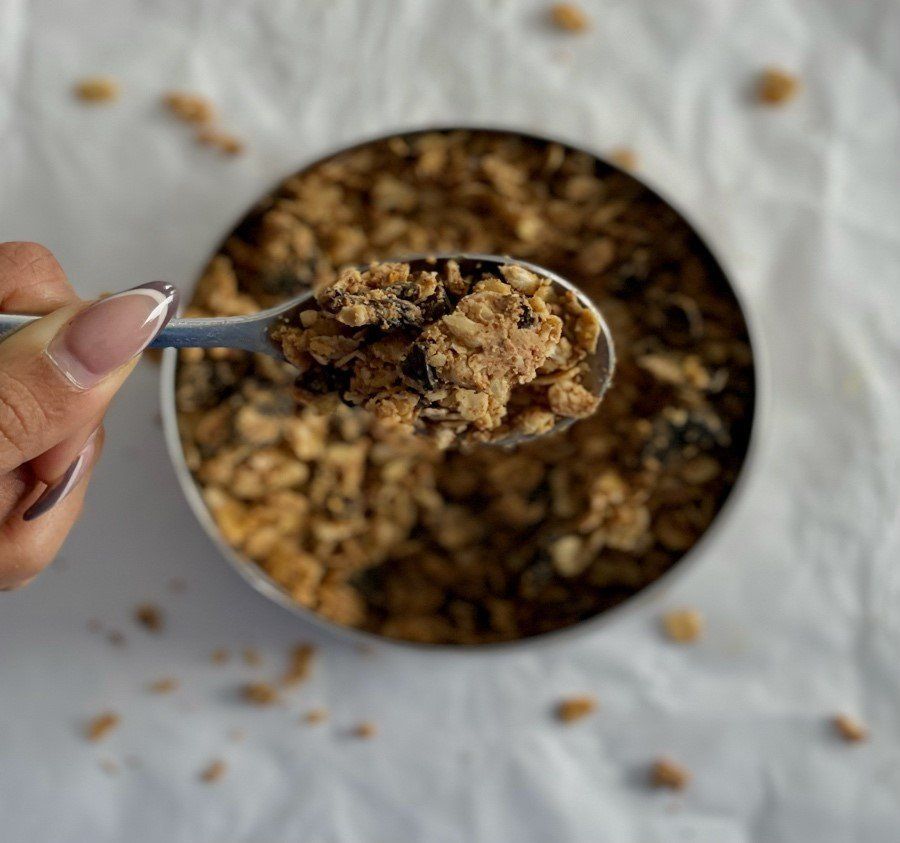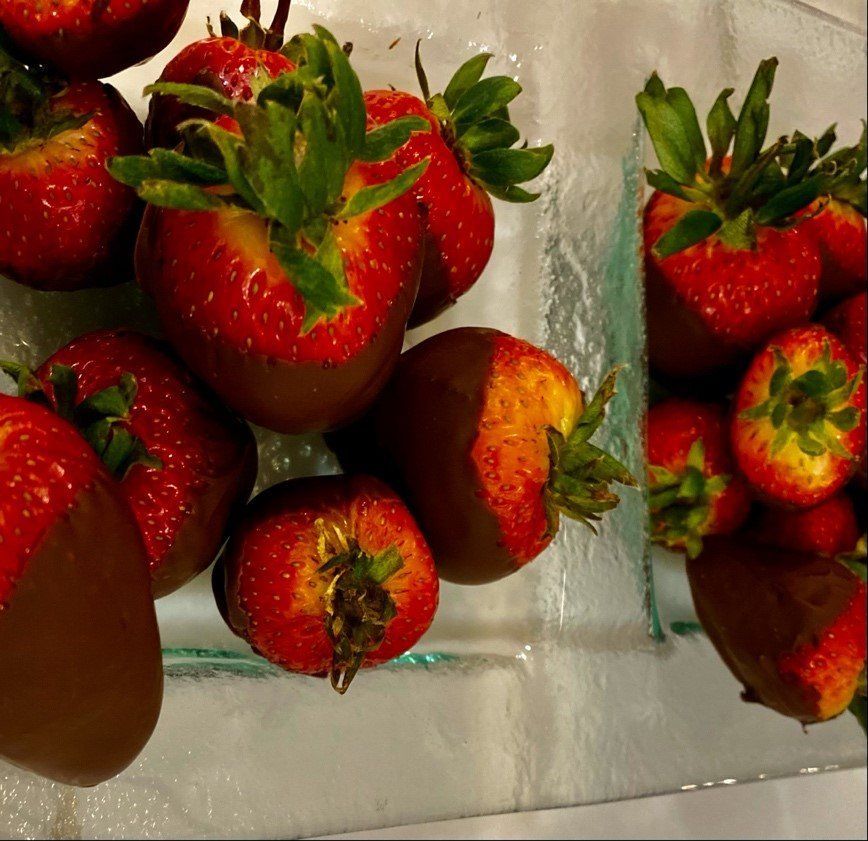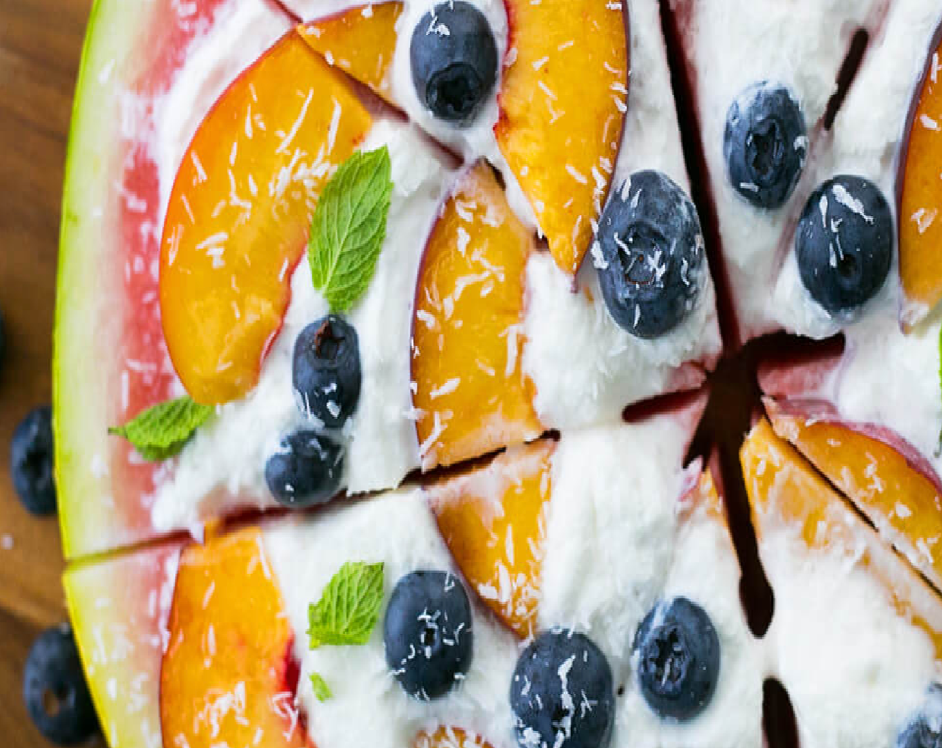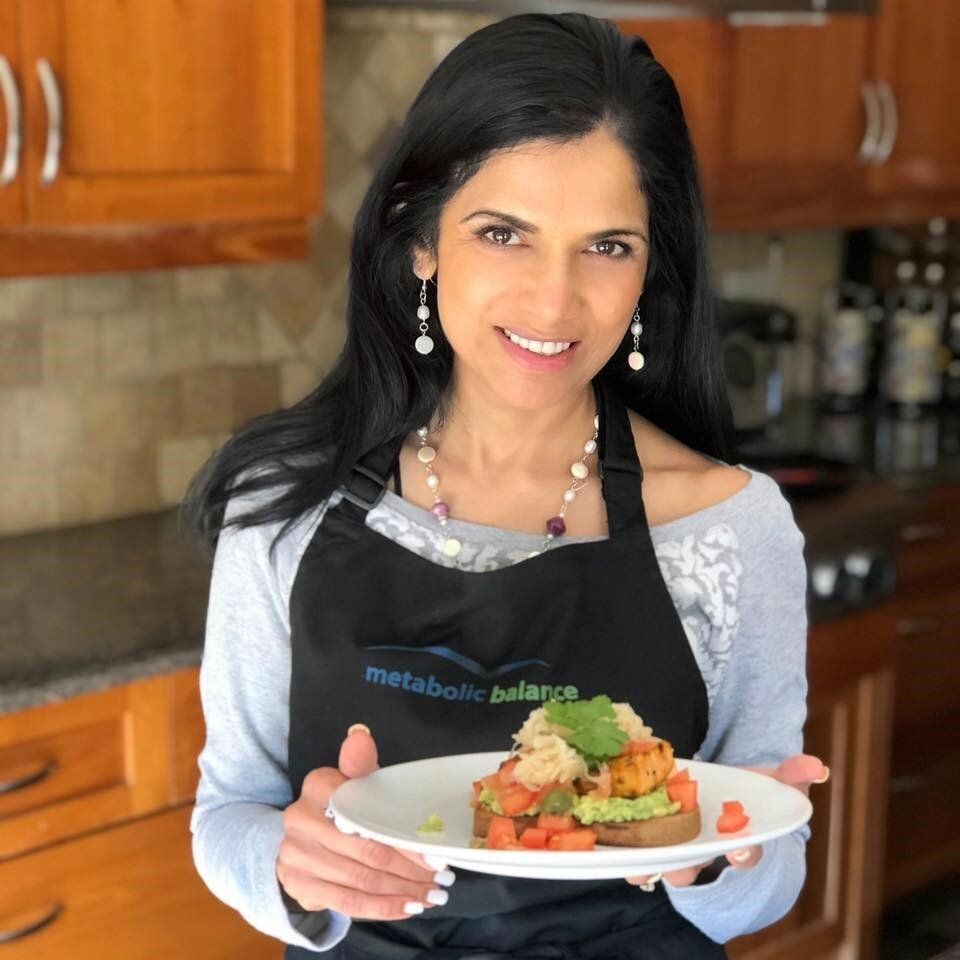
Let’s face it, food is an important part of our well-being. There are so many things that connect us in this world, one of which is food. Food ties cultures together, creates a story and brings families and friends closer.
Respecting the food on our plate means appreciating the story behind that food, its history and how it brings us all together.
Food Wastage
As a mother, educator, and role model, I always try to be conscious about the wastage of food by keeping portions realistic, being mindful about the expiration dates when I am shopping by planning my week, and turning leftovers into sandwiches or casseroles.
There is so much that goes into making good food. Food is not only nourishment but a piece of art too.
We need those nutrients from the food we eat for our body's fuel and our energy. Sometimes we don’t pay attention to the nutrition that food is bringing to us. More than anything, if we do not pay attention to what we put on our plates, it can lead to health imbalances for our loved ones. If we consume too much of the wrong things, then we risk negative health consequences. If we do not plan our meals, then we may end up wasting more than we should (any excess can that is not consumed gets wasted).
A balanced approach and proper planning are such important factors to help prevent waste while looking to improve our health with food.
Being a Leader for Our Kids
Let’s walk the talk when it comes to NOT being wasteful.
Here are a few tips that may help your kids at home. What they learn at home, translates outside of the house too.
Snacking Before a Meal
Setting and sticking to mealtimes is easier said than done.
Having a snack or giving in to a snack right request before meals may also affect your appetite and lead to wastage when it comes to dinner.
Sometimes saying no is actually better for our development, health and growth (especially for our little ones), when it comes to food.
Time it right and space your meals and snack times apart.
Set the Rules
Should the children be expected to finish their plate?
I have heard many different opinions on this topic. This really depends on how much food is on the child’s plate.
If the child is too young to know how much is needed, the best way would be to give smaller portions of the foods on the table. This way they can easily finish what’s on the plate and go for seconds if needed. This may help a child to understand how not to take more food than they can eat.
Before Going for Seconds
Another behaviour that can be modeled by the parents is to finish what’s on the plate before reaching for the seconds. Ensuring a healthy balanced plate is the key.
Let the Kids Pick Their Own Plates of Food
Older kids can start to pick their own food. Freedom of choice also comes with responsibility.
Save the Leftovers
The vegetables or greens not eaten can always be added to soups. Leftover fruits can be added to the smoothies or pancakes.
There are always to salvage the leftovers for another meal and snack time. Understand the signals your body gives to your brain and know when to walk away. Cherish the food and make it easier on yourself for your next meal prep.
Water
When eating, it’s best not to drink too much water as it may fill us up, before we have had a chance to eat the food on our plates.
Fun fact about digestion, water dilutes your stomach acid. It is very important to be hydrated, however for those with compromised digestion, diluting stomach acid isn’t helpful. Encourage drinking water 20 minutes before or after a meal. If you must drink, take little sips.
Another great way to save water not used - use it for the plants in and around the house. The children will love watering the plants in the house or in the garden.
Meal Prep Involvement
I always encourage the children to get busy in the kitchen with meal planning, choosing vegetables that will accompany the main dish, the fruits for snacks and etc.
When baking, I get them involved in mixing, adding, rolling. This has always been a blast for us and a great way to learn about good food etiquette, meal prep, and cooking in general. When they are involved, they will also respect their hard work and enjoy the treat or food even more!
Wrapping Up
When it comes to teaching our kids NOT to waste, it’s about the behaviour that we as role models model.
Okay - It’s Recipes Time
Granola Cookies
Granola cookies is perfect as it can be broken into small bites.

Ingredients
- 2 cups Oats (rolled)
- 1/2 cup Oat Flour (optional)
- 1/2 cup Sunflower Seeds
- 1/2 cup Raisins
- 1 tsp Cinnamon
- 1/2 cup Sunflower Seed Butter
- 1/4 cup Maple Syrup
- 2 tbsp Coconut Oil (melted)
Instructions:
- Preheat oven to 325ºF (163ºC) and line a baking sheet with parchment paper.
- In a mixing bowl, stir together all ingredients until well combined. Transfer to the baking sheet and use your hands to press down into a formed even layer.
- Bake for 15 minutes. Remove from oven and use a spatula to flip over sections of the granola, gently breaking up the granola into chunks.
- Return to oven and bake for 10 more minutes at 300F.
- Turn off the oven completely and leave the granola for another 20 minutes, or until crisp.
Chocolate Covered Strawberries

Ingredients:
- 100 grams Dark Chocolate (at least 70% cacao)
- 4 cups Strawberries (whole)
- 2 tbsps. Unsweetened Coconut Flakes (optional)
Instructions
- Wash strawberries and dry very well.
- Spread a large piece of parchment paper across a large baking sheet.
- Fill one large pot with water and place a smaller pot inside. Bring to a boil then reduce to lowest heat.
- Ensure no water is able to escape into the smaller pot. Add the dark chocolate to the smaller pot and stir continuously until melted. Remove from stovetop.
- Tilt the pot with the melted chocolate to one side so that all the chocolate pools.
- Hold the strawberries by the stem and dip them into the melted chocolate one-by-one.
- Place on parchment paper.
- Sprinkle with shredded coconut immediately. (This is a optional step)
- Transfer the chocolate dipped strawberries to the fridge for 20 minutes or until chocolate is completely set.
- Remove from parchment paper and store in an airtight container in the fridge until ready to eat. Enjoy!
Watermelon Pizza
The watermelon pizza, another beautiful and delicious way to get those fruits in. It could be a snack or a dessert. Leftover can make it smoothies or as a topping on yogurt

Ingredients:
- 1 1/2 cups canned Coconut Milk (full fat, refrigerated overnight)
- 1/4 Seedless Watermelon (medium)
- 1/4 cup Blueberries 1 Peach (sliced)
Instructions:
- Scrape the coconut cream from the top of the can into a large mixing bowl.
- The cream should have separated from the coconut juice after being refrigerated.
- Whip the coconut cream with a hand mixer until fluffy, about 5-10 minutes.
- Place in fridge until ready to use. (Note: it will not be as stiff as dairy whipped cream. If dairy cream is preferred, that would be a great option too)
- Cut a round slice from the center of your watermelon, about 1 inch thick.
- Pat dry with paper towel.
- Spread whipped coconut cream evenly across your watermelon and top with blueberries and peach slices.
- Carefully cut into servings and enjoy immediately.
About Sujata
I am Sujata - a Holistic & Culinary Nutritionist as well as a Metabolic Balance coach. I help my clients to overcome personal challenges and to help live their healthiest life.

I will be writing a series of blogs on how to introduce healthy eating and make it a familial lifestyle that you and your children will carry throughout life.
To learn more on how I can help, visit any of the links below:
Website: https://www.sujatanutrition.com/
Instagram: https://www.instagram.com/suja.banerjea/?hl=en
Facebook: https://www.facebook.com/sujatanutrition
